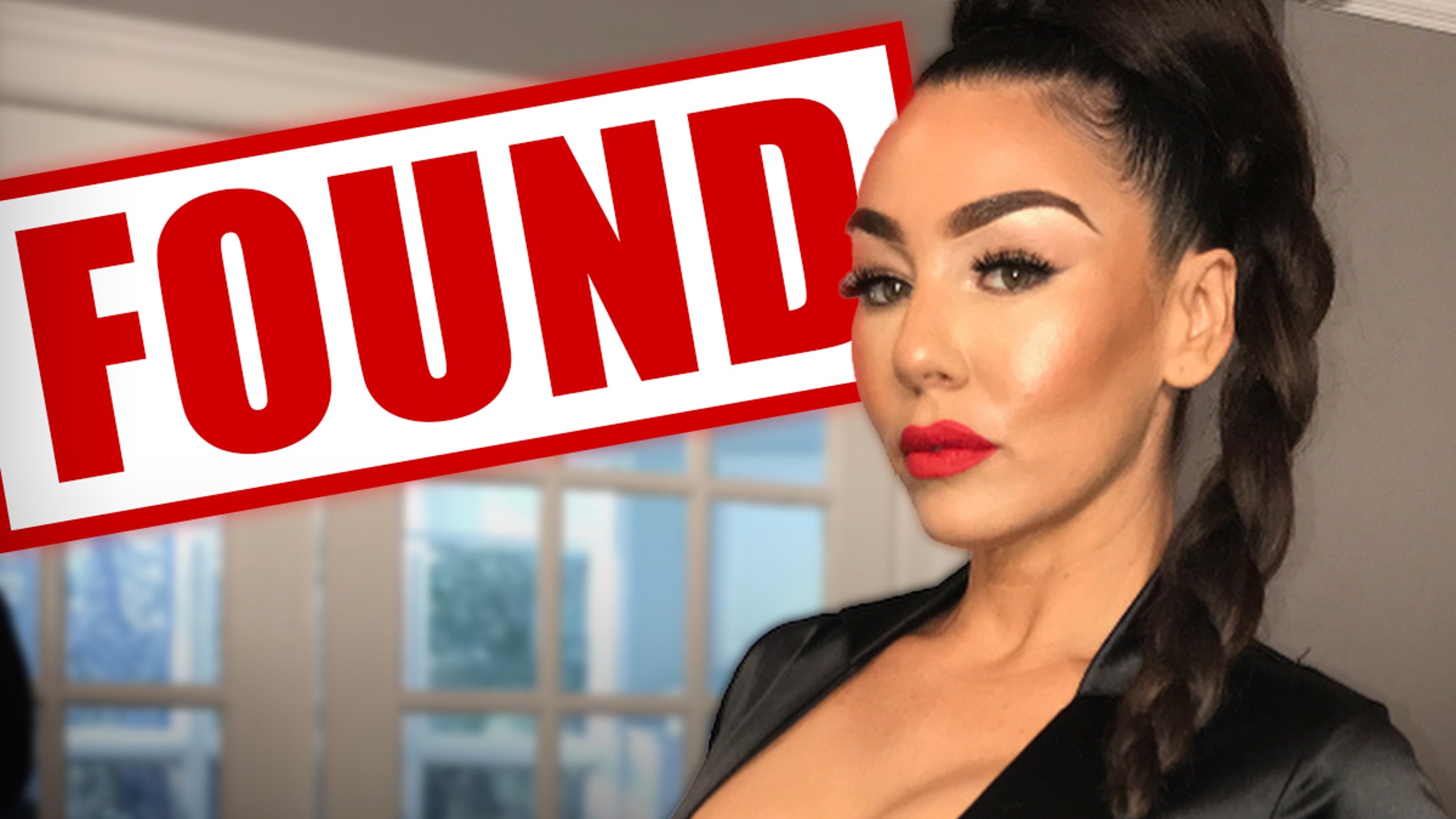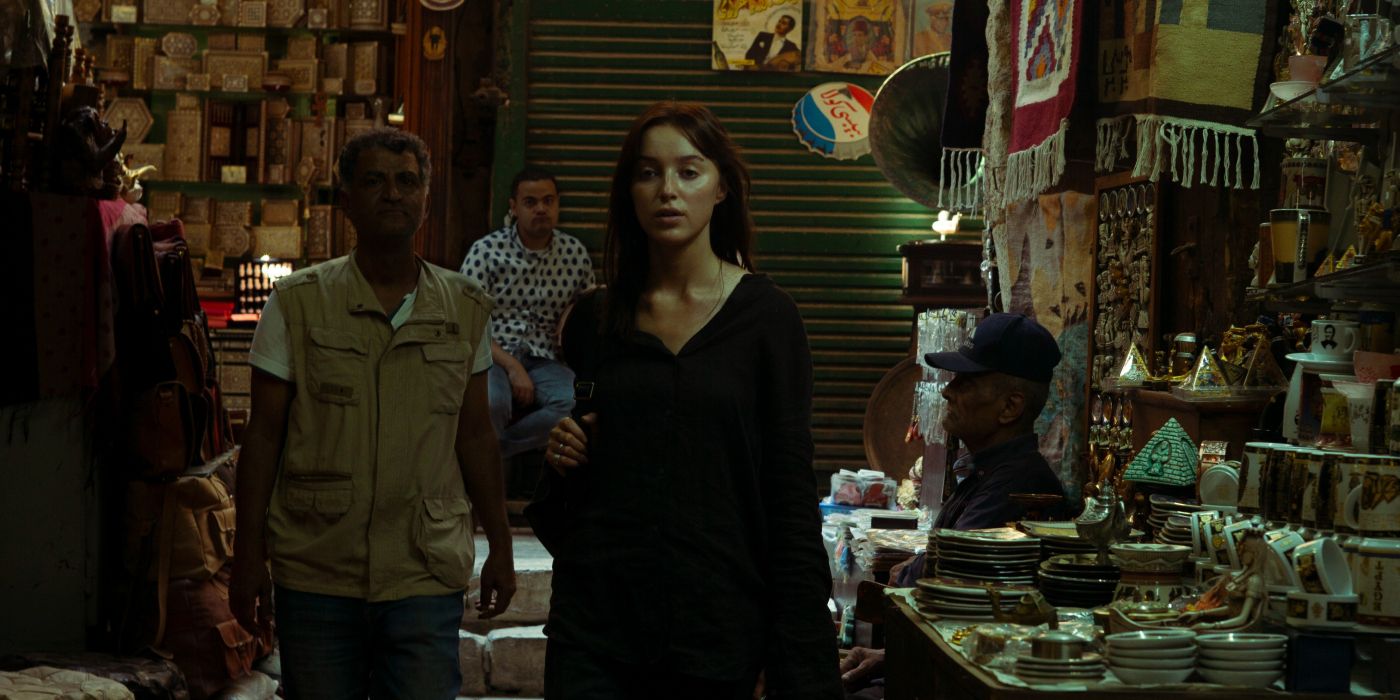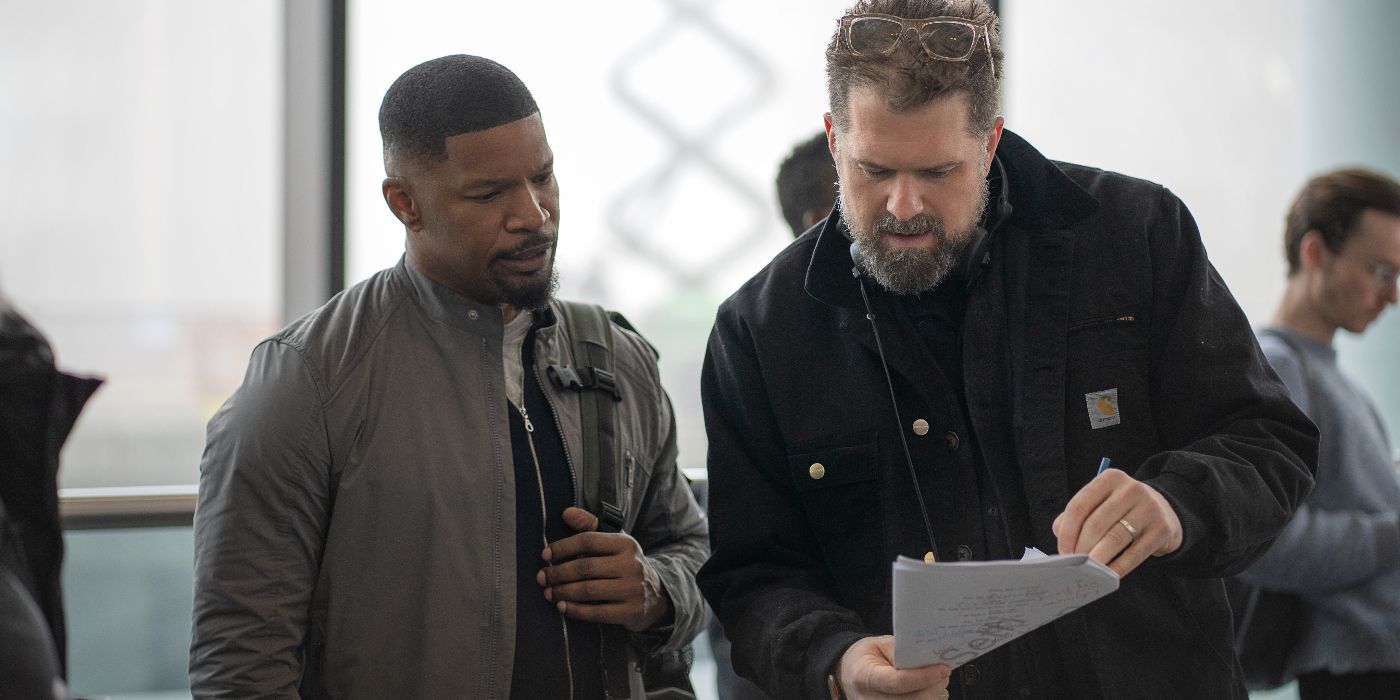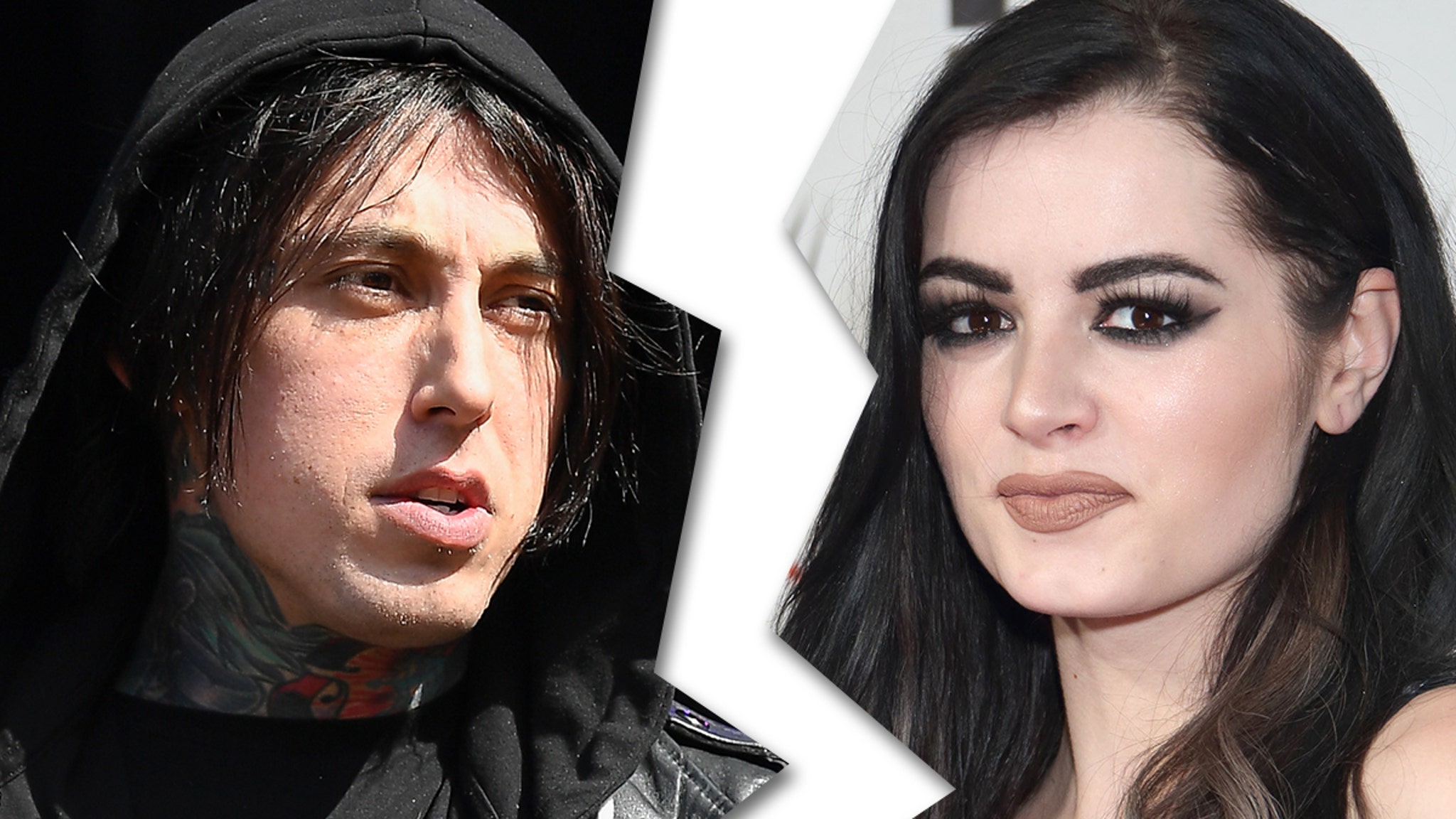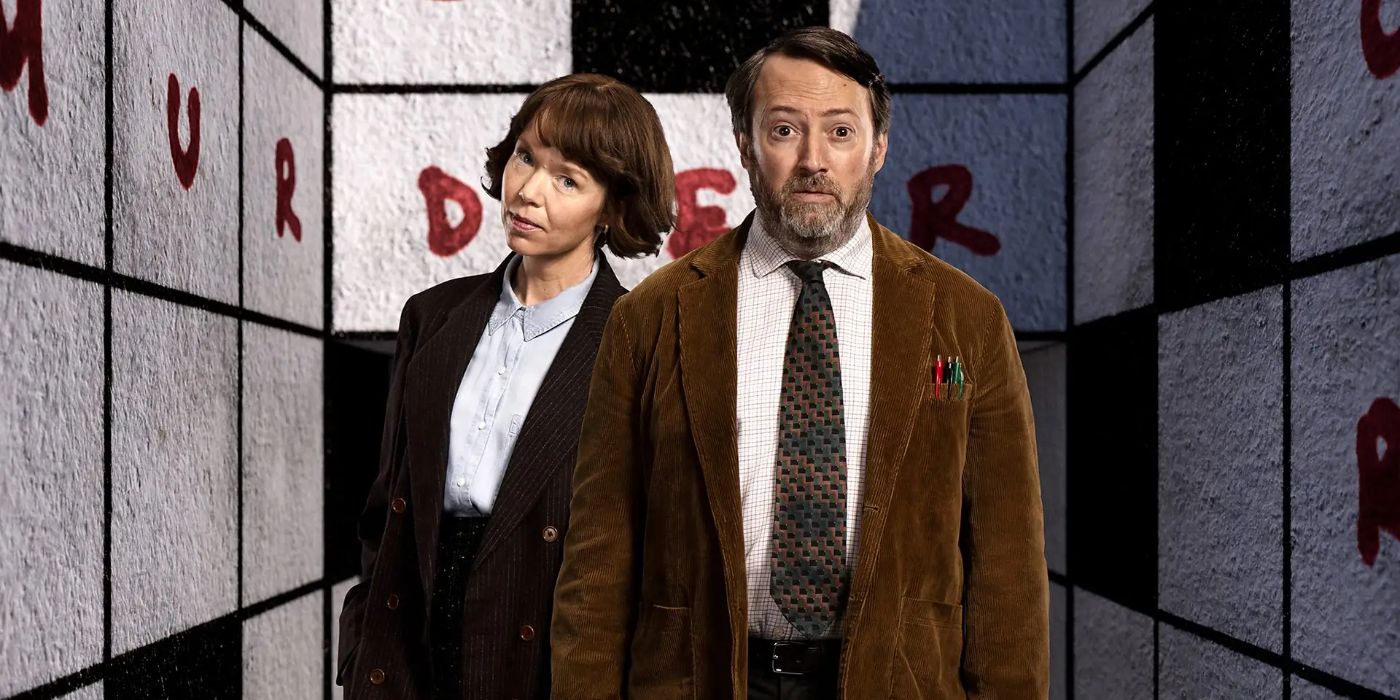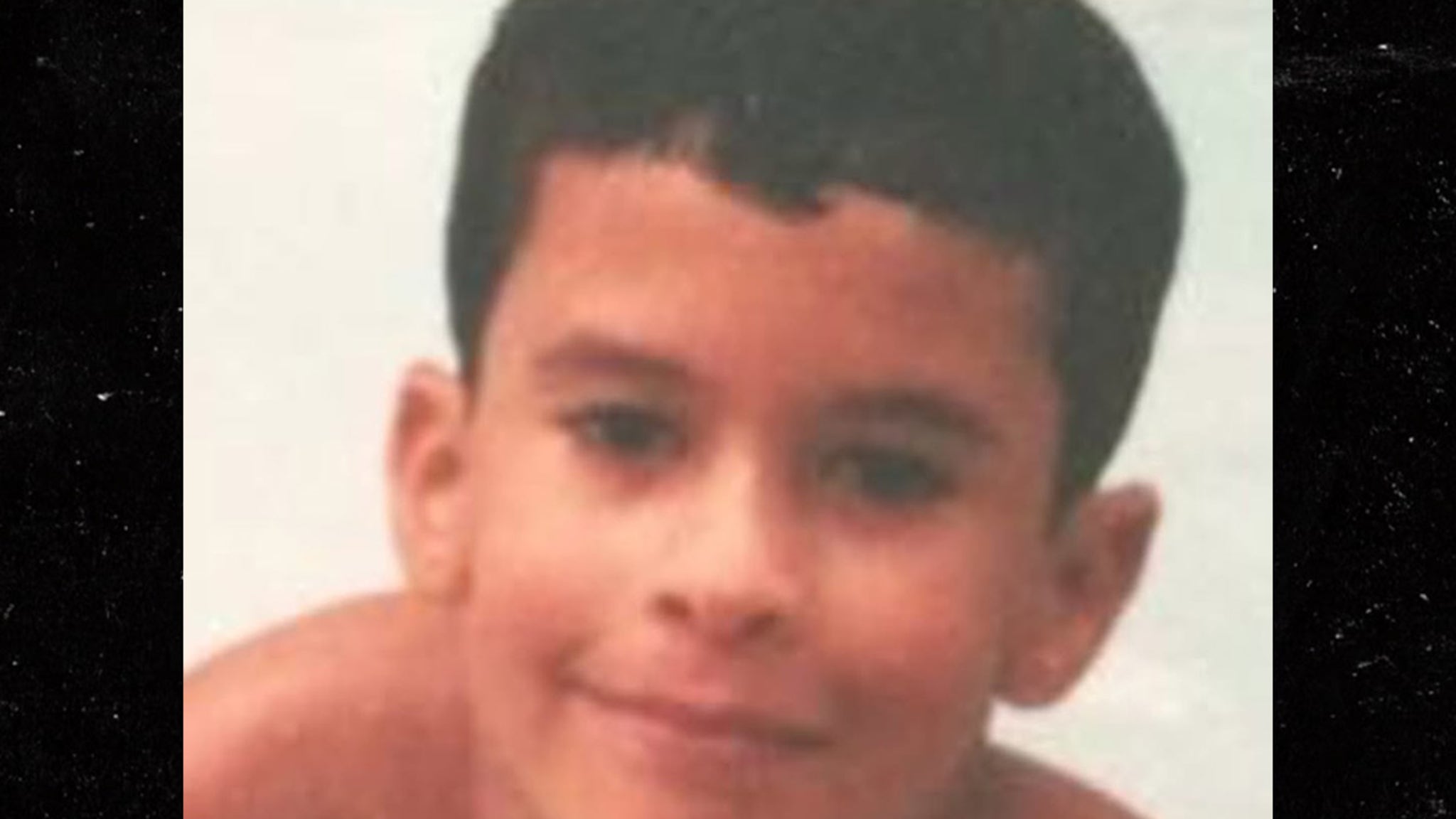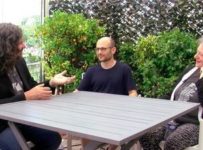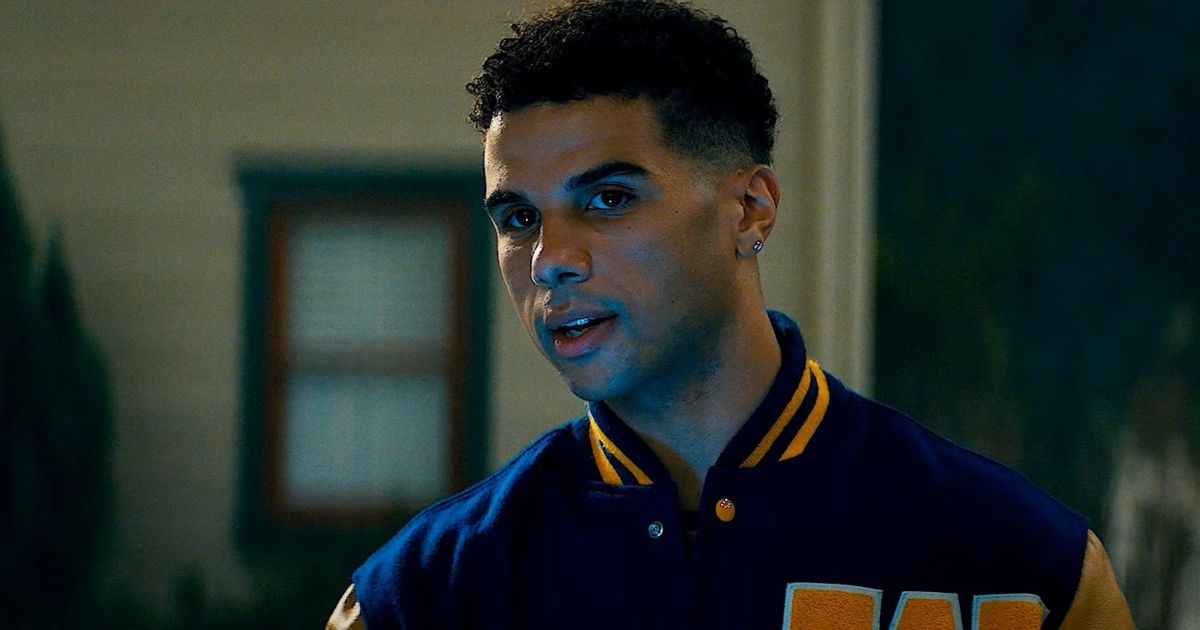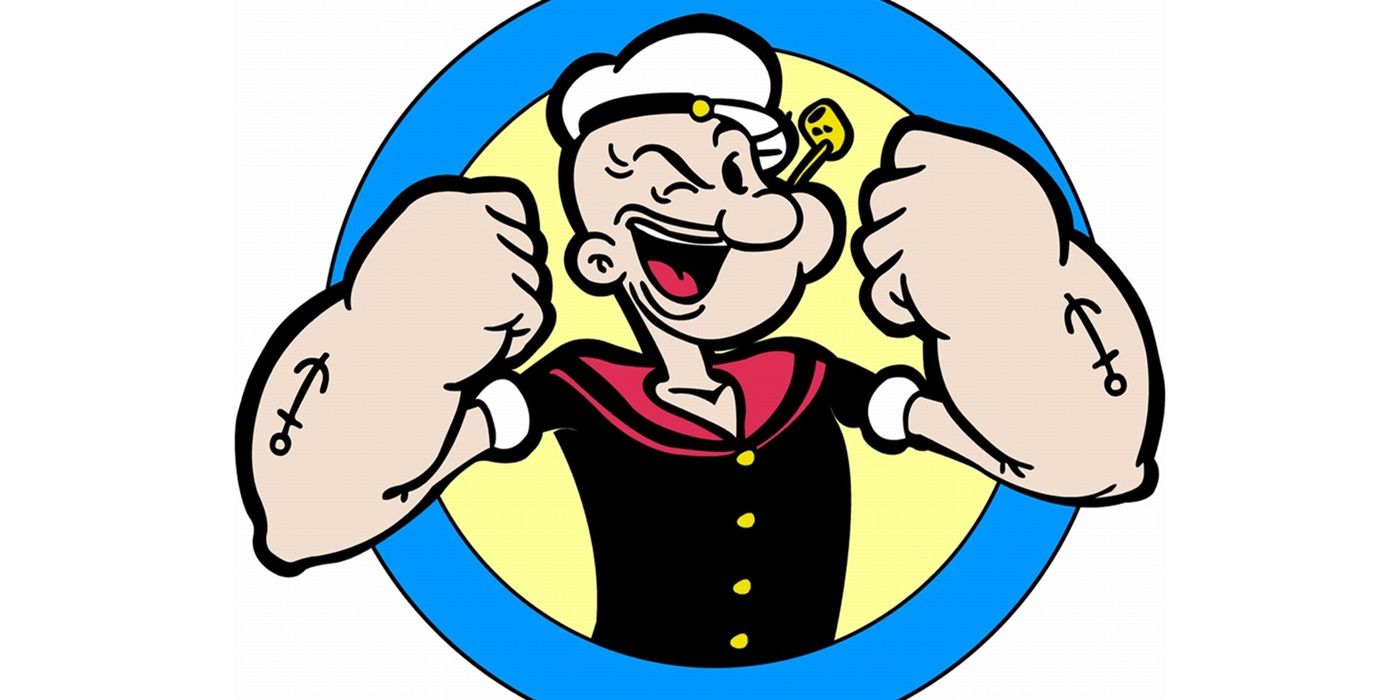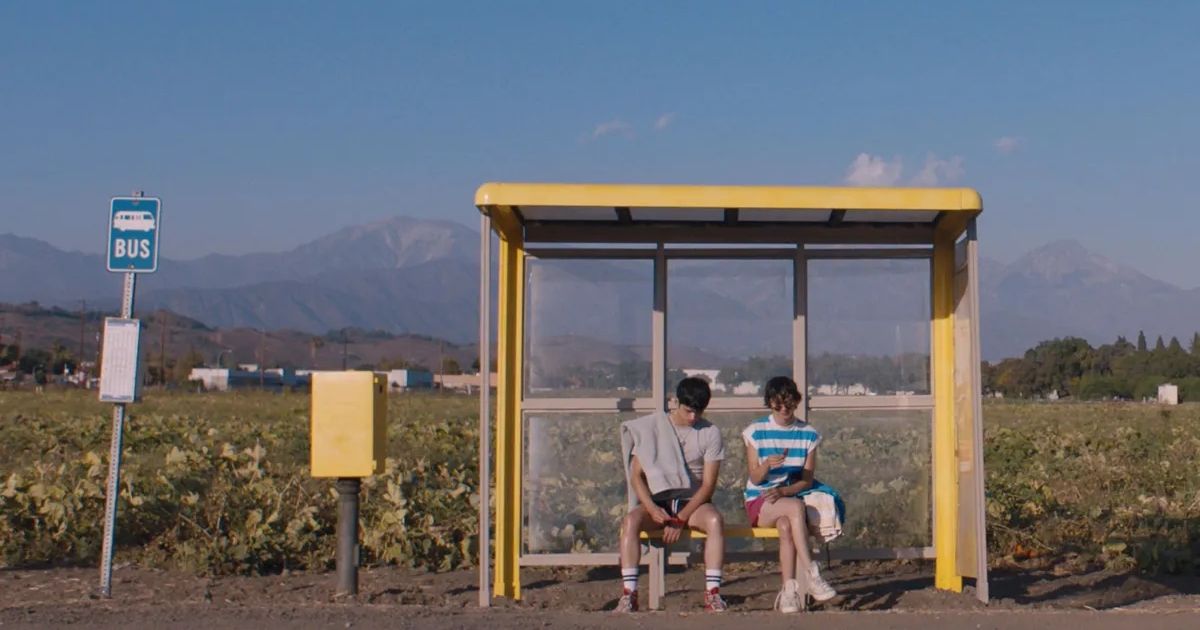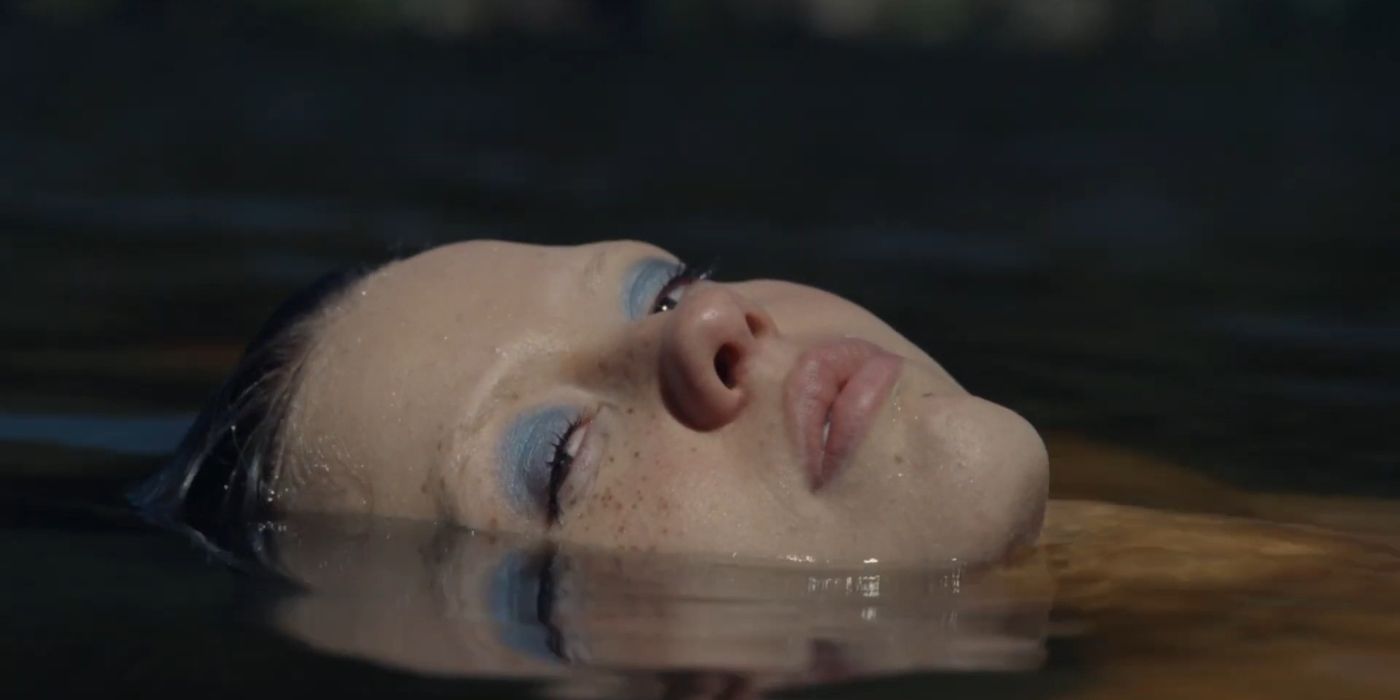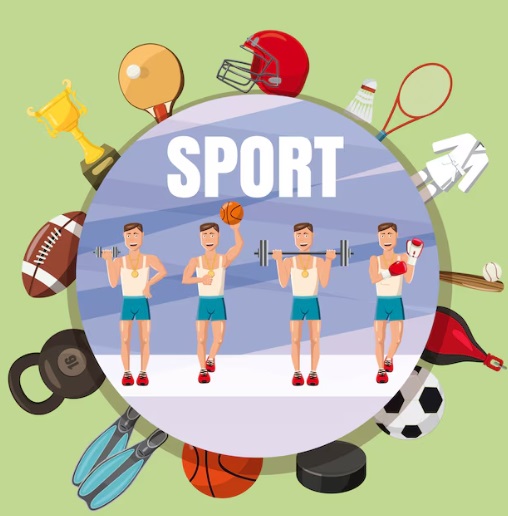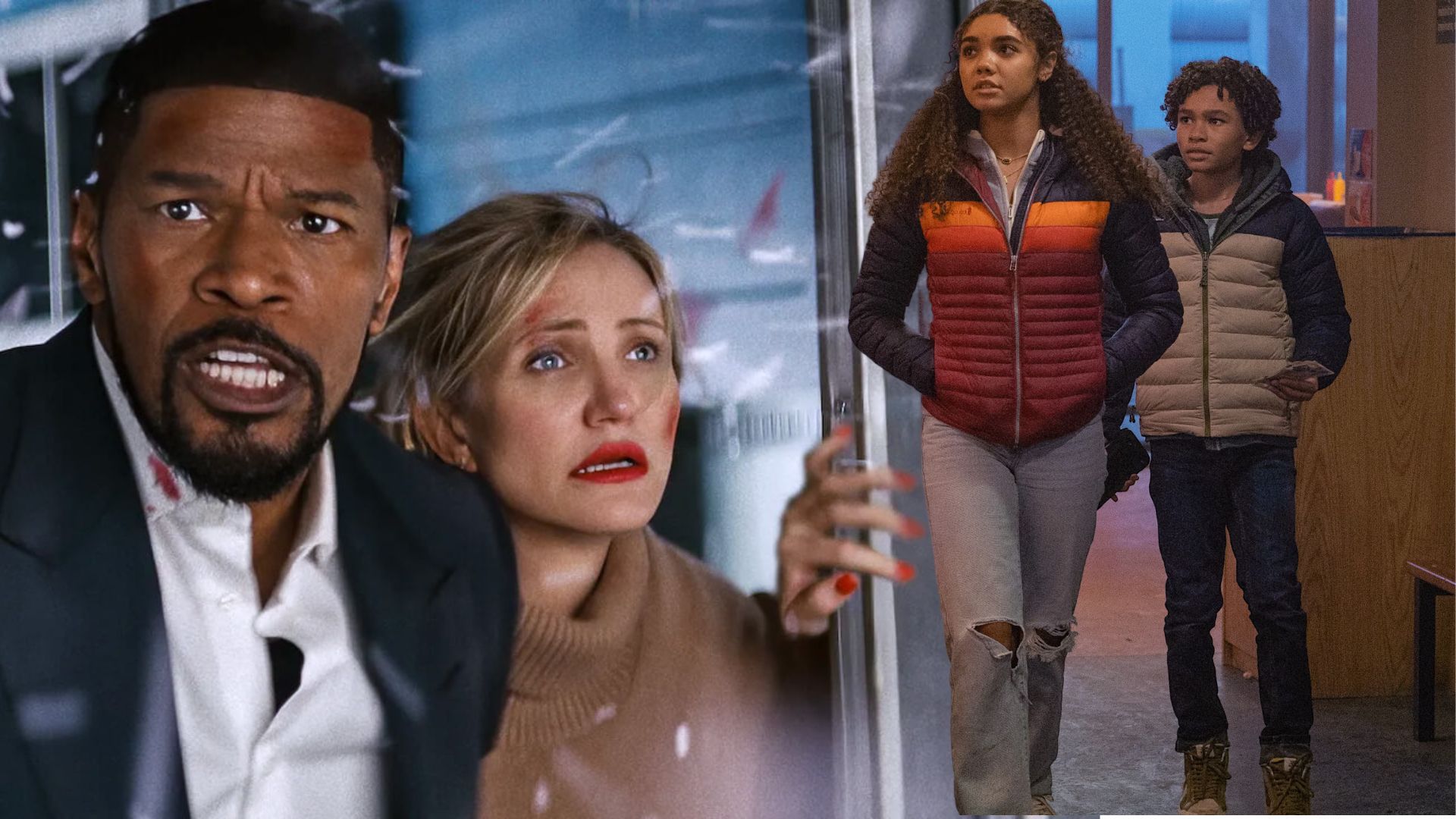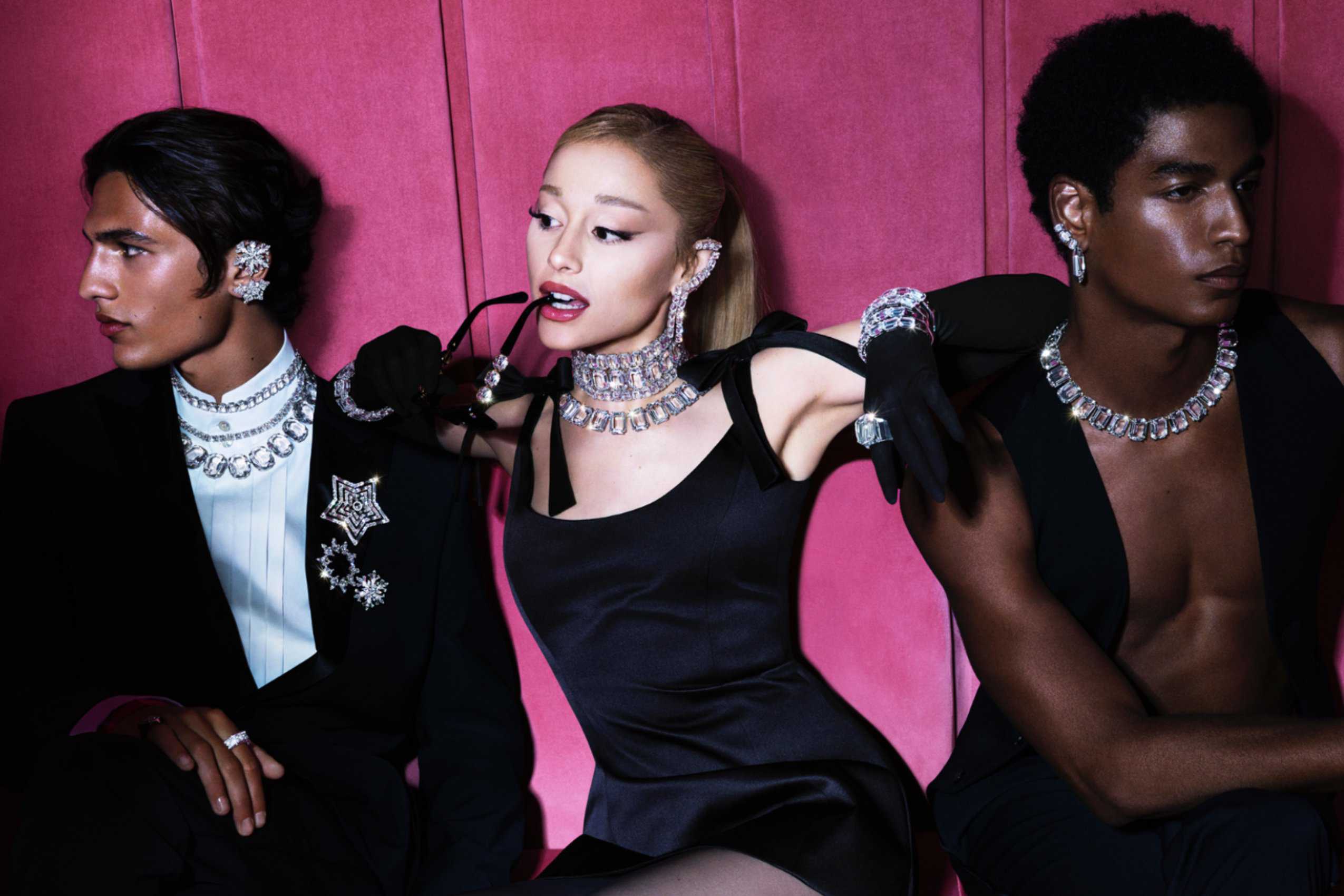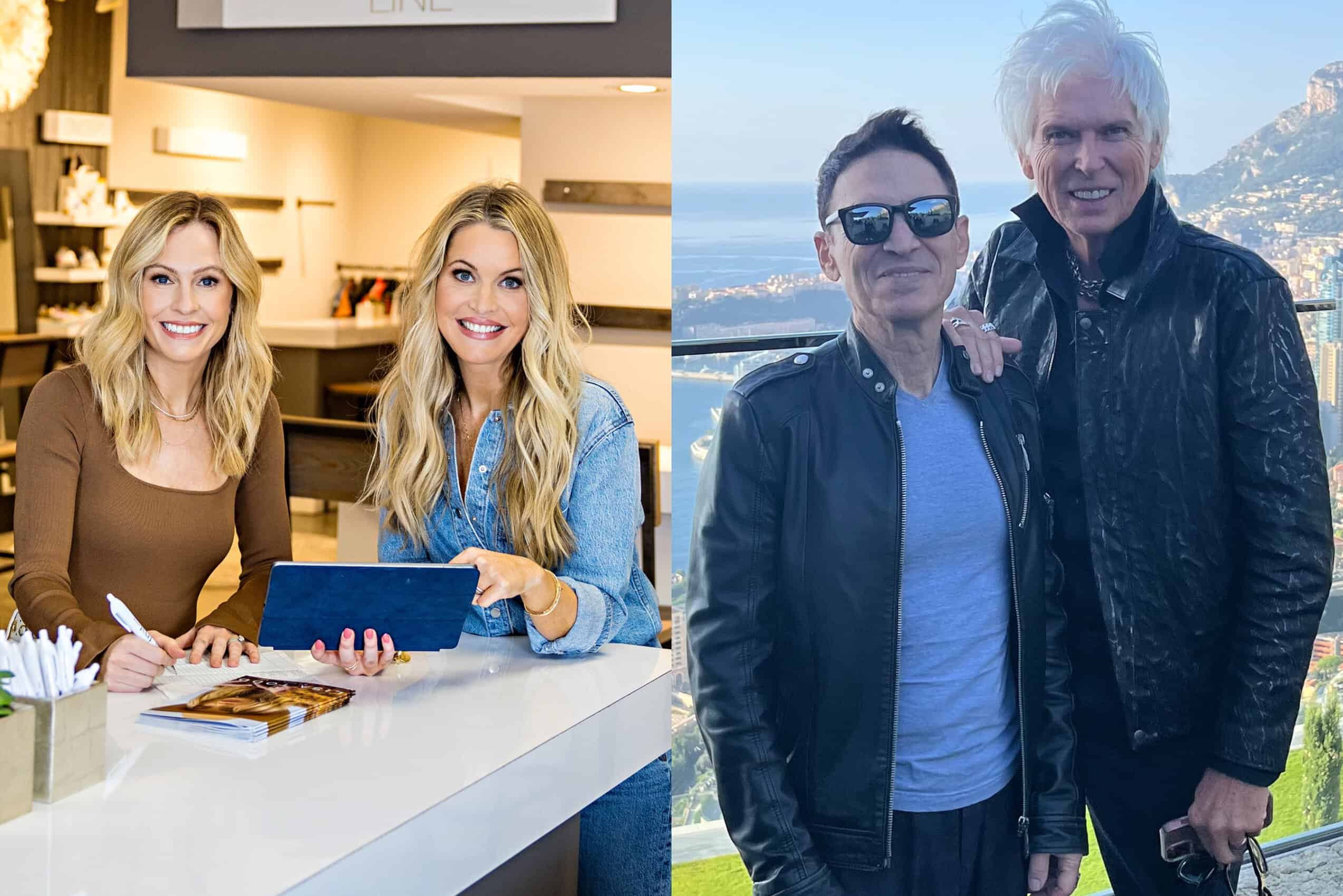Rogowski also fills out the extraordinary wardrobe that costume designer Khadija Zeggaï created in collaboration with you for his character—the sheer dragon-print crop top, a green sweater, and the snakeskin jacket.
I like the term “fills out,” because it’s partially about the strength of his body. He actually does fill those clothes. If skin was an option, I took it, on purpose, because it’s fun, and probably because I could, right? The power of a director, to make choices in which people reveal their bodies in certain ways that turn you on, is an interesting dynamic … Certainly, there were direct conversations around what the actors were comfortable revealing or exposing, but those weren’t very long conversations. Lines were drawn, and we proceeded from there.
For some reason, I was obsessed with this sweater he wore that was bright orange that looks like the “Hot Lips” logo for the Rolling Stones. He dances in it at that bar after meeting Ahmad, [played by Erwan Kepoa Falé,] the writer, and you see it from the back. It’s a great color. There’s also another orange sweater he didn’t end up wearing that I was obsessed with.
I wanted to ask about this childlike quality of Tomas and his longing, this innocent impulsivity, that is often conveyed through those wardrobe choices, which are sometimes provocative but often cozy and domestic.
That childlike quality is interesting to me, because it’s actually something that is really beautiful but also stunted and immature. It’s the combination that is very much Tomas—not so much Franz, but Tomas, in the sense that it’s the energy and impulsiveness of a child, which feels emotionally stunted in the figure of an adult. Something I realized, with my kids, is that empathy comes with maturity. You have to learn how to be empathetic. With Tomas, that maturity never comes.
“Passages” examines other imbalances in the relationships Tomas has with Martin, a wealthy gay man, and Agathe, a female school teacher. It’s also cruel the way Martin discards Ahmad, who is Black, and the film as a whole is sharp in applying these lenses of gender, race, and economic status to consider the love triangle through.
You can view the original article HERE.
